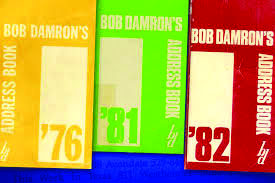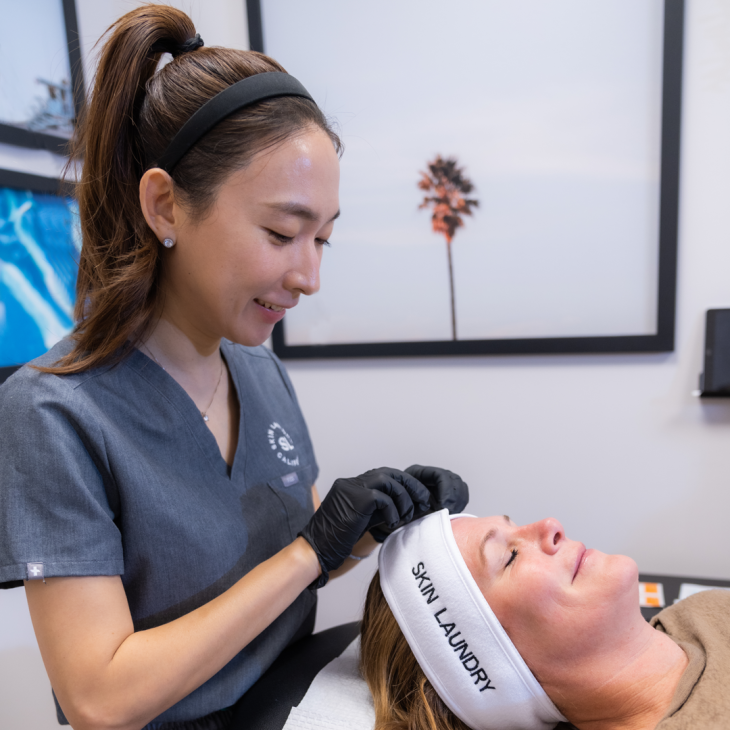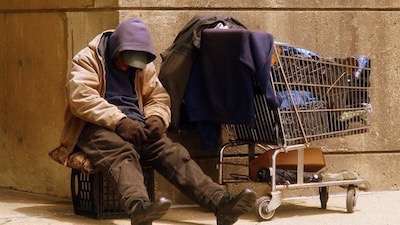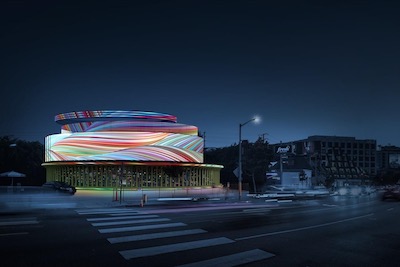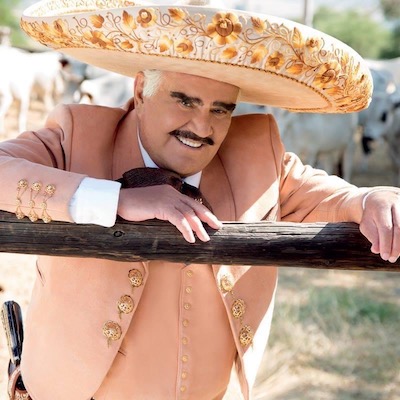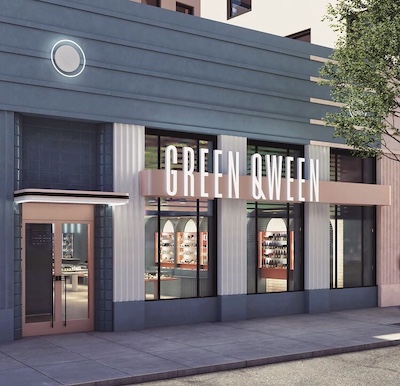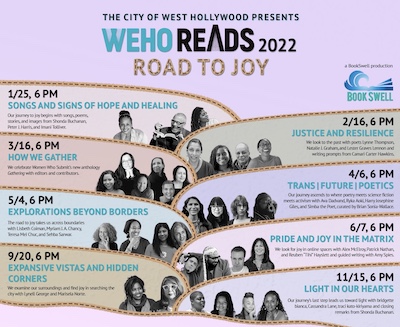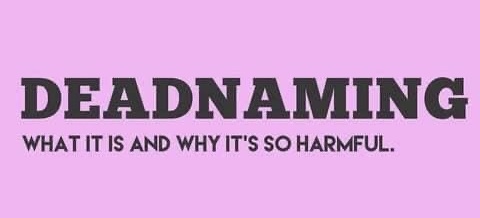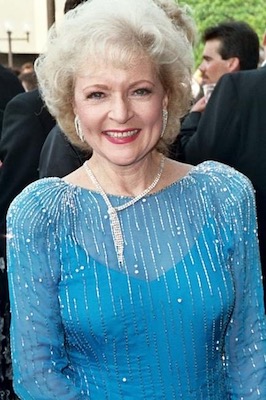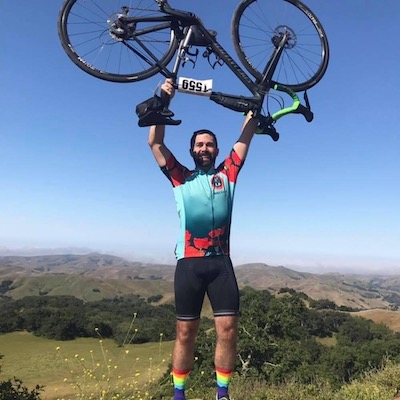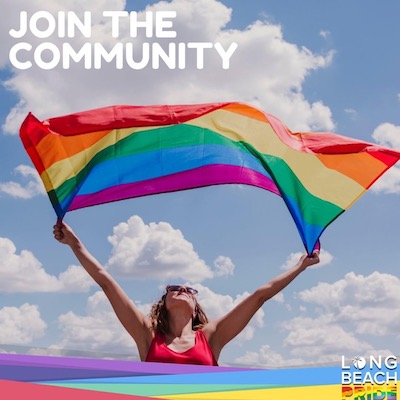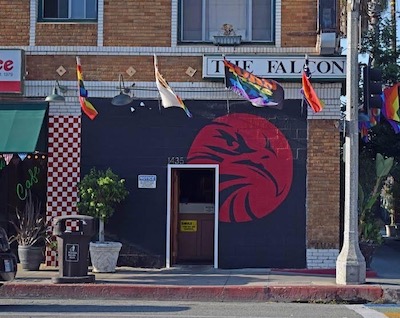Before AIDS, Airbnb and Grindr changed the face of gay life forever, there were limited ways of finding your people, especially if you were a lone, gay man venturing into the unfamiliar territory of the West Coast.
In the 1960s, a gay man named Bob Damron starting seeing America through a different lens. Where were the places that were gay-friendly in Butte, Montana? What about in Austin, Texas? Where were the bathhouses, the sex clubs, the diners and dive bars that would welcome queer folks with open arms?
Damron was a bartender who’d explored the world of San Francisco in the 1960s before settling in L.A.
He’d paved the way for gay enclaves like Castro Street and Christopher Street. He helped young men and women find their people and avoid getting into dangerous situations in rough, small towns and conservative cities.
Today, his legacy lives on. In an article by journalist Kate Sosin for L.A. Magazine, Publisher Gina Gatta recalls the founder of Damron Company, a business she now owns.
“Like a Bible salesman, Bob would get on the road,” Gatta tells Sosin. “He would travel around, and he would find the gays, and he would find the bars and bathhouses.”

Competitor guide books developed along side of Damron’s book, but none of them survived the tumultuous period of the late ‘60s and ‘70s, when everything in American culture, from sex to movies to politics, was becoming redefined for a new audience. By the time the Internet came along, LGBTQ+ folks had their own printed travel guides and websites like Planet Out to help them find new destinations and stay safe on the road.
But Gatta has been upholding Damron’s legacy since buying the company in 1989. Damron himself died of HIV in the early nineties.
Gatta has been single-handedly keeping the book going year after year. But the problem of keeping the book in print is a problem all publishers face: how do you sell people on something they can get for free online?
Today, teens can learn about their sexuality online, by asking friends or joining forums, or even reading Wikipedia.
If they want to find the nearest gay bar, it’s not hard to do. Still, there’s something romantic about holding a physical guidebook in your hand.
For a generation that decided long ago it would have nothing more to do with the physical elements of travel, including maps and guidebooks, there’s something touching about the idea of a book that was built over the course of years.
That someone was brave enough to find every bar, every hookup spot, and every dive bar where everybody could, feasibly, someday, know your name.

